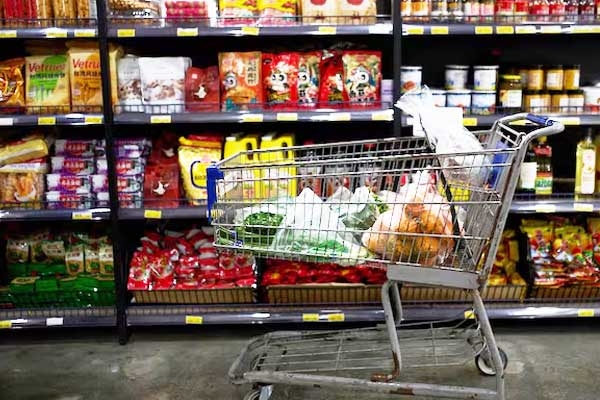
(Image source from: AP)
Following a series of tax breaks provided earlier this year, the central government is now working on offering additional support to middle and lower-income families by potentially reducing the Goods and Services Tax (GST), sources indicate. There are discussions about either abolishing the 12 percent GST bracket entirely or redesignating various products currently subjected to this rate into the more affordable 5 percent category. It is reported that this adjustment would focus on commonly used goods for the middle class and economically disadvantaged groups, such as toothpaste, umbrellas, sewing machines, pressure cookers, kitchen tools, electric irons, geysers, compact washing machines, bicycles, garments costing over Rs 1,000, footwear priced between Rs 500 and Rs 1,000, stationery supplies, vaccines, ceramic tiles, and agricultural implements, among a variety of others.
Should these proposed alterations go into effect, it would likely lead to decreased prices for many items. In addition, the government aims to refine the GST framework to make it simpler and more user-friendly. Sources also mention that this initiative would impose a financial strain of approximately Rs 40,000 crore to Rs 50,000 crore on the government budget, although officials are willing to endure the short-term financial hit. The reasoning for this decision is based on the expected increase in consumer spending; the government believes that lowering prices will lead to enhanced sales, which would ultimately broaden the tax base and enhance long-term GST revenues. In a recent discussion, Finance Minister Nirmala Sitharaman alluded to potential revisions in GST rates, suggesting that the government is striving for a more logical framework and considering providing relief on essential goods for the middle class.
Despite the Centre's efforts, a consensus among states remains elusive. Modifications to GST rates require approval from the GST Council, where each state holds voting privileges. Reports indicate opposition from Punjab, Kerala, Madhya Pradesh, and West Bengal regarding the proposed changes. Historically, the GST Council has only had one voting session, with all other decisions made by consensus. The matter is likely to be addressed in the upcoming 56th GST Council meeting, which may take place later this month. According to regulations, at least 15 days' notice is necessary to summon the Council. Typically, the 12 percent GST bracket in India encompasses items that are commonly used by middle and lower-income households but are not classified as absolute necessities, which are instead taxed at 0 percent or 5 percent.'
Here is the List of commonly used goods and services under the 12 per cent GST slab:
Tooth powder
Sanitary napkins (originally taxed, now at 0 per cent, but related feminine hygiene items may still fall under 12 per cent)
Hair oil
Soaps (some categories, others are at 18 per cent)
Toothpaste (some branded variants at 12 per cent, others at 18 per cent)
Umbrellas
Sewing machines
Water filters and purifiers (non-electric types)
Pressure cookers
Cookware and utensils made of aluminium, steel (some are at 12 per cent)
Electric irons
Water heaters (geysers)
Vacuum cleaners (low-capacity, non-commercial)
Washing machines (small capacity)
Bicycles
Carriages for disabled persons
Public transport vehicles (when sold, not for fare)
Readymade garments (priced above Rs 1,000) Footwear priced between Rs 500 and Rs 1,000
Most vaccines
Diagnostic kits for HIV, Hepatitis, TB
Certain Ayurvedic and Unani medicines
Exercise books
Geometry boxes
Drawing and colouring booksMaps and globes
Glazed tiles (basic, non-luxury variants)
Ready-mix concrete
Pre-fabricated buildings
Agricultural equipment like mechanical threshers
Packaged foods such as condensed milk, frozen vegetables (some variants)
Solar water heaters









